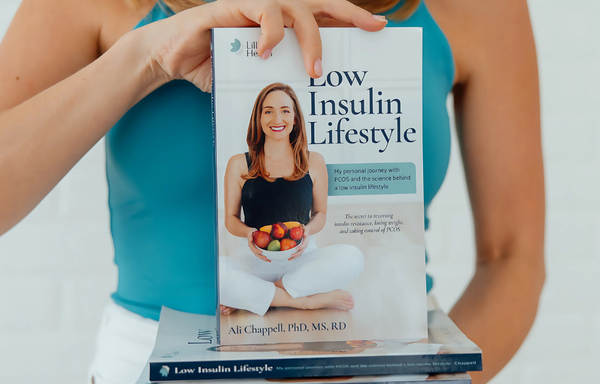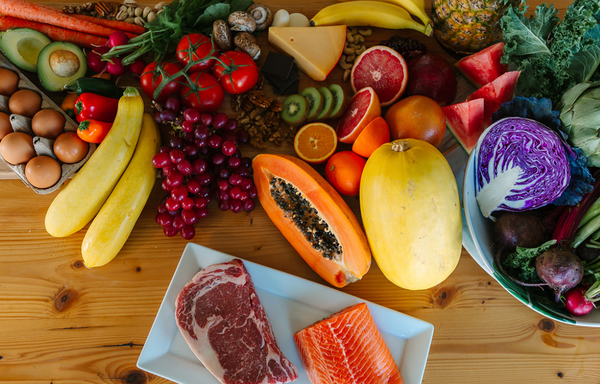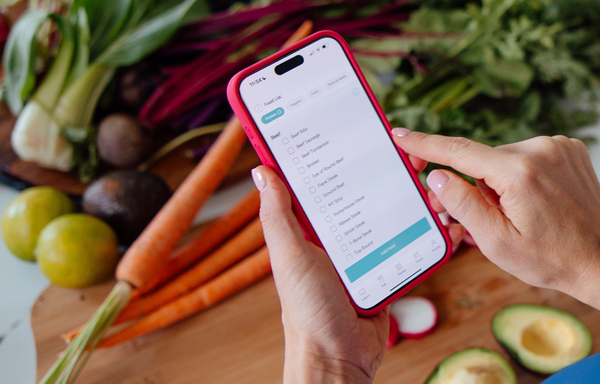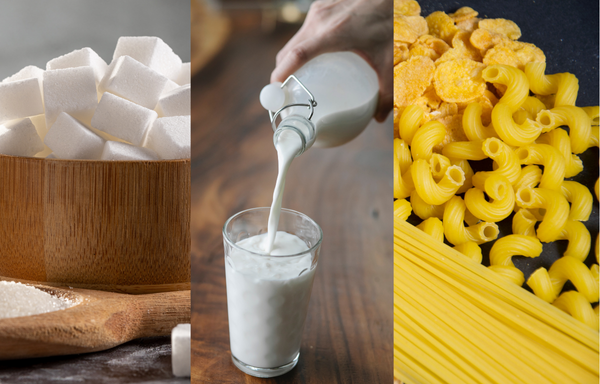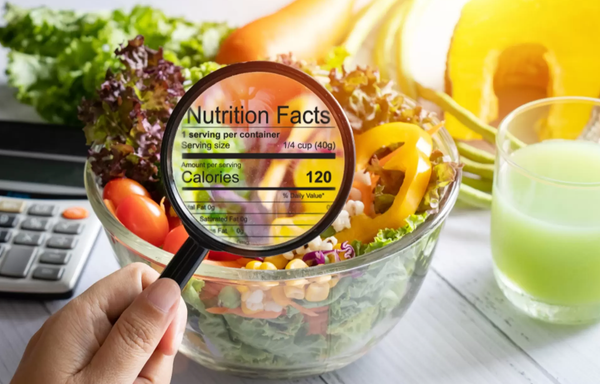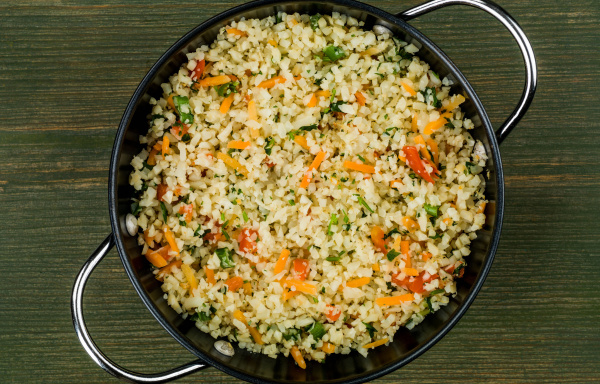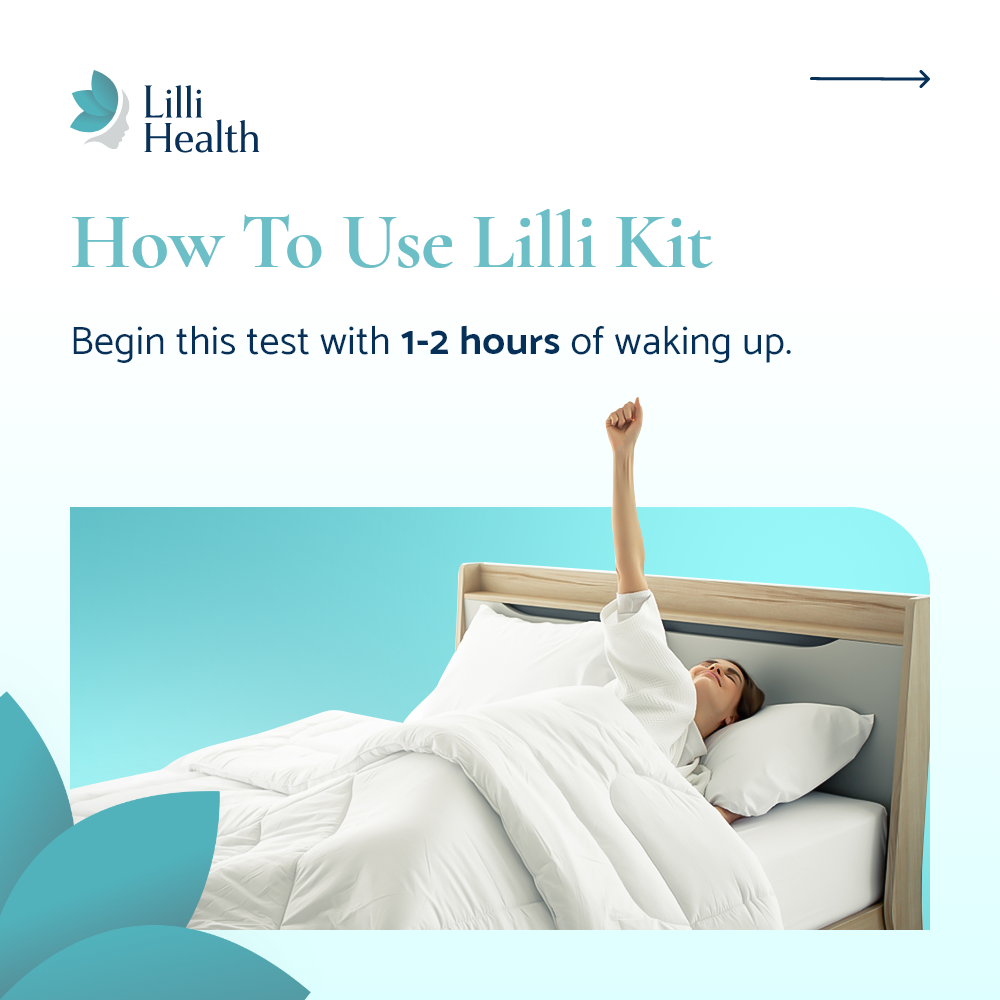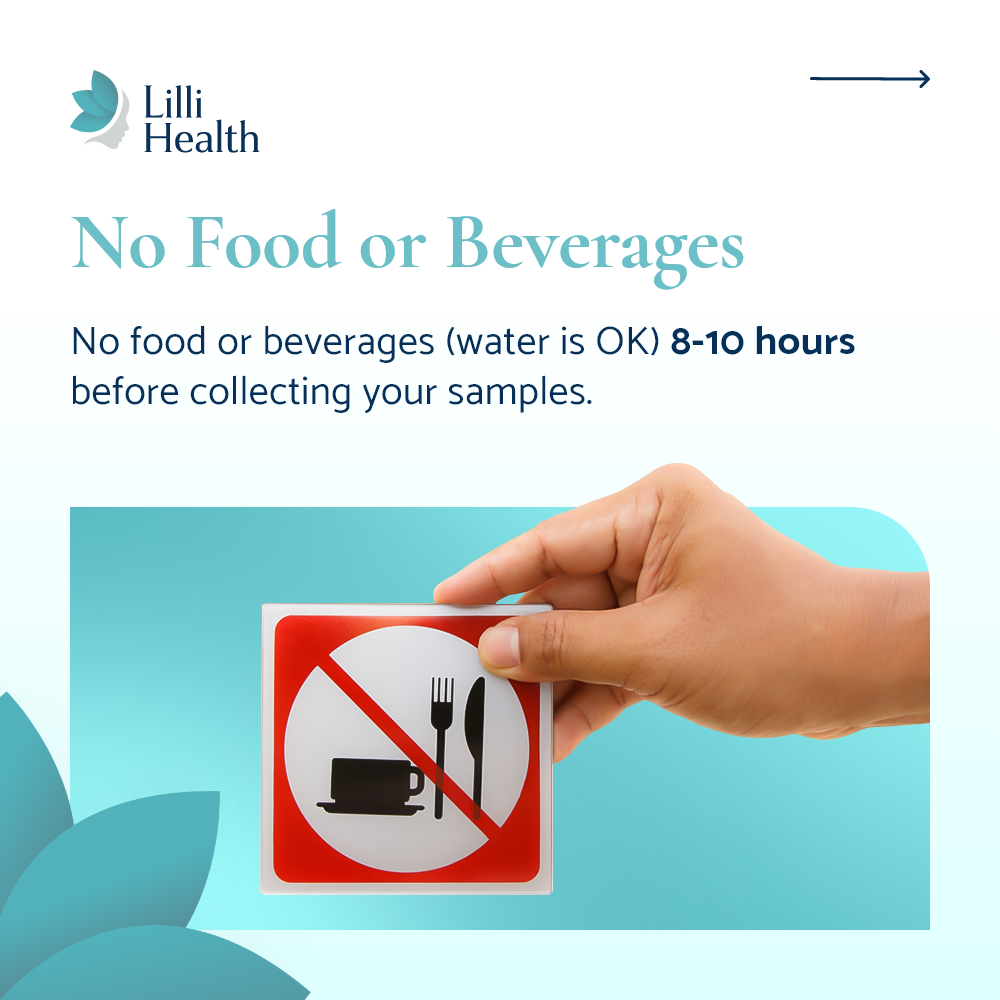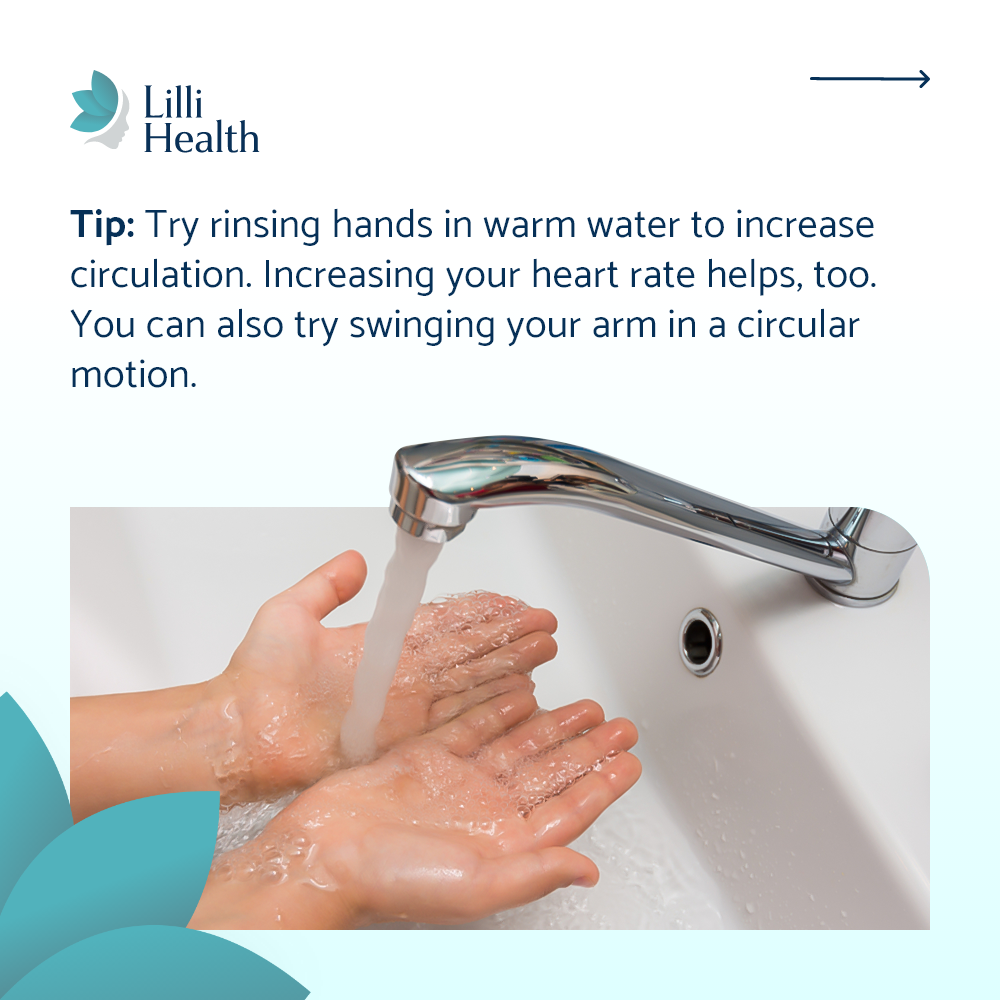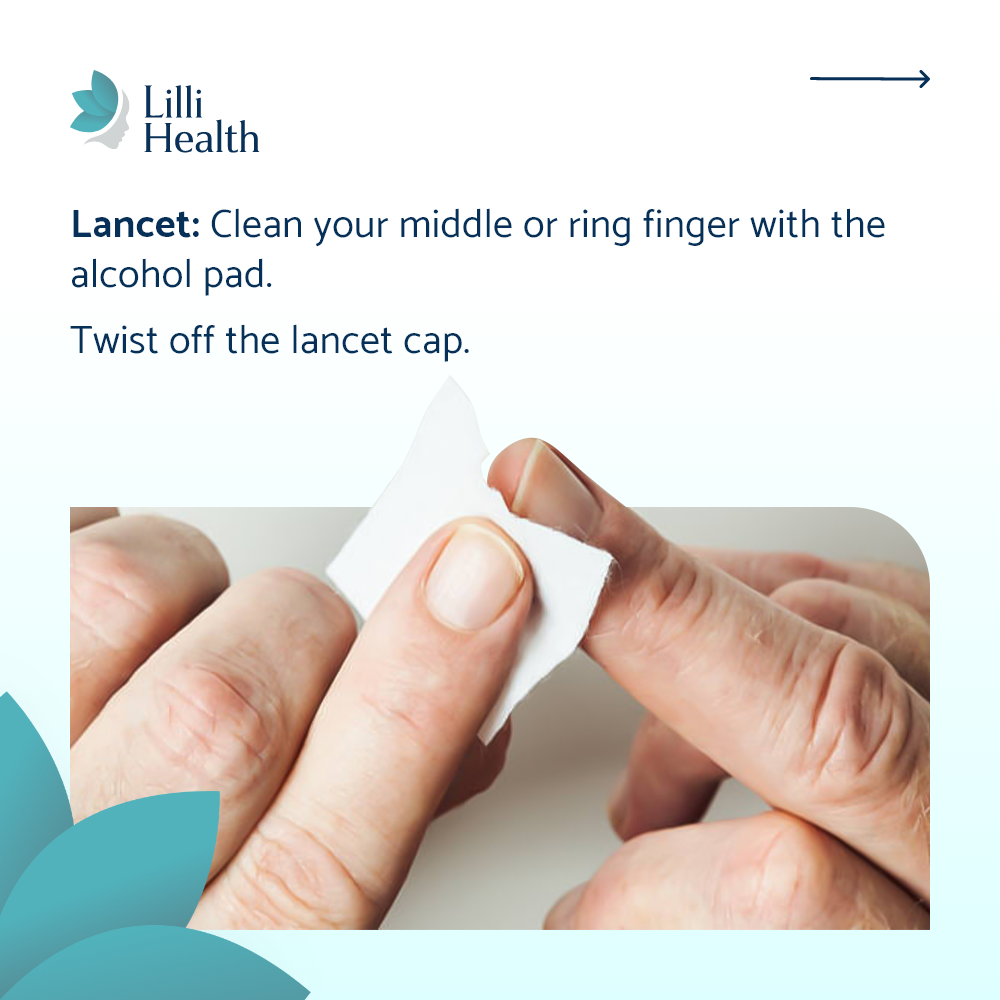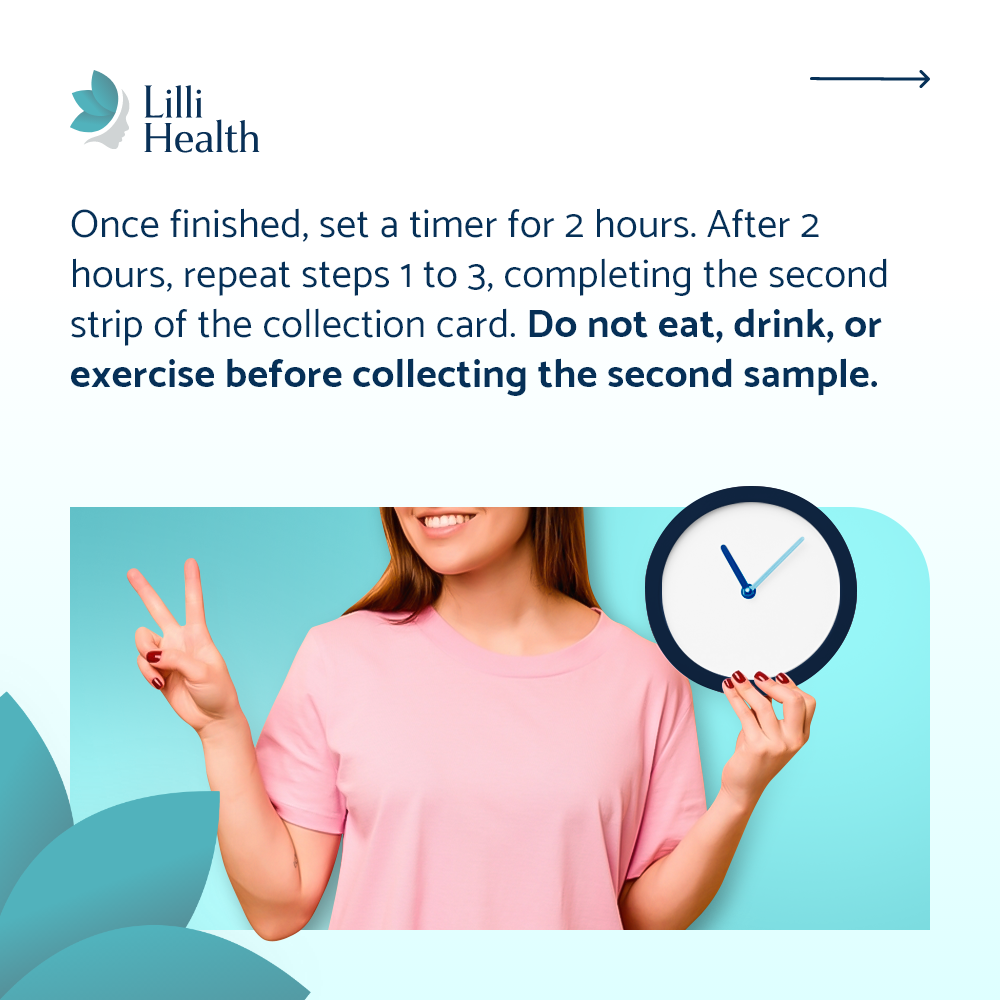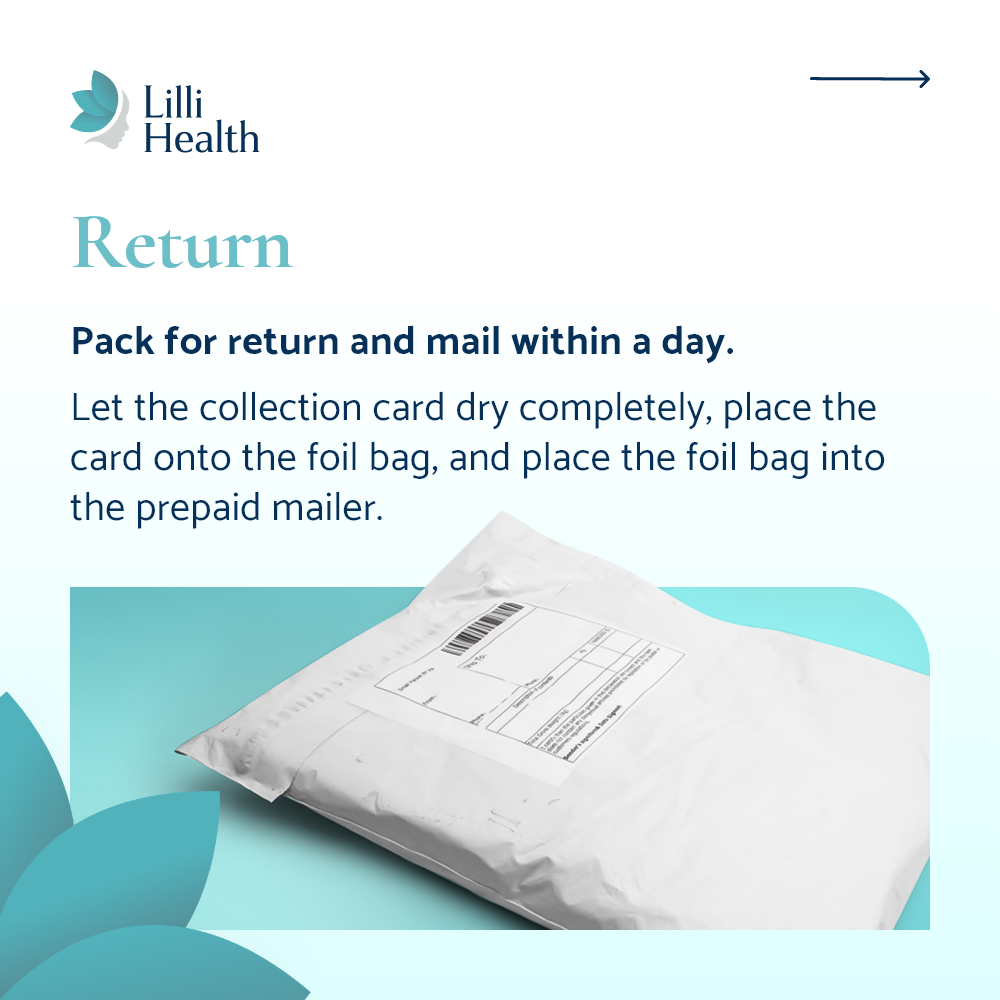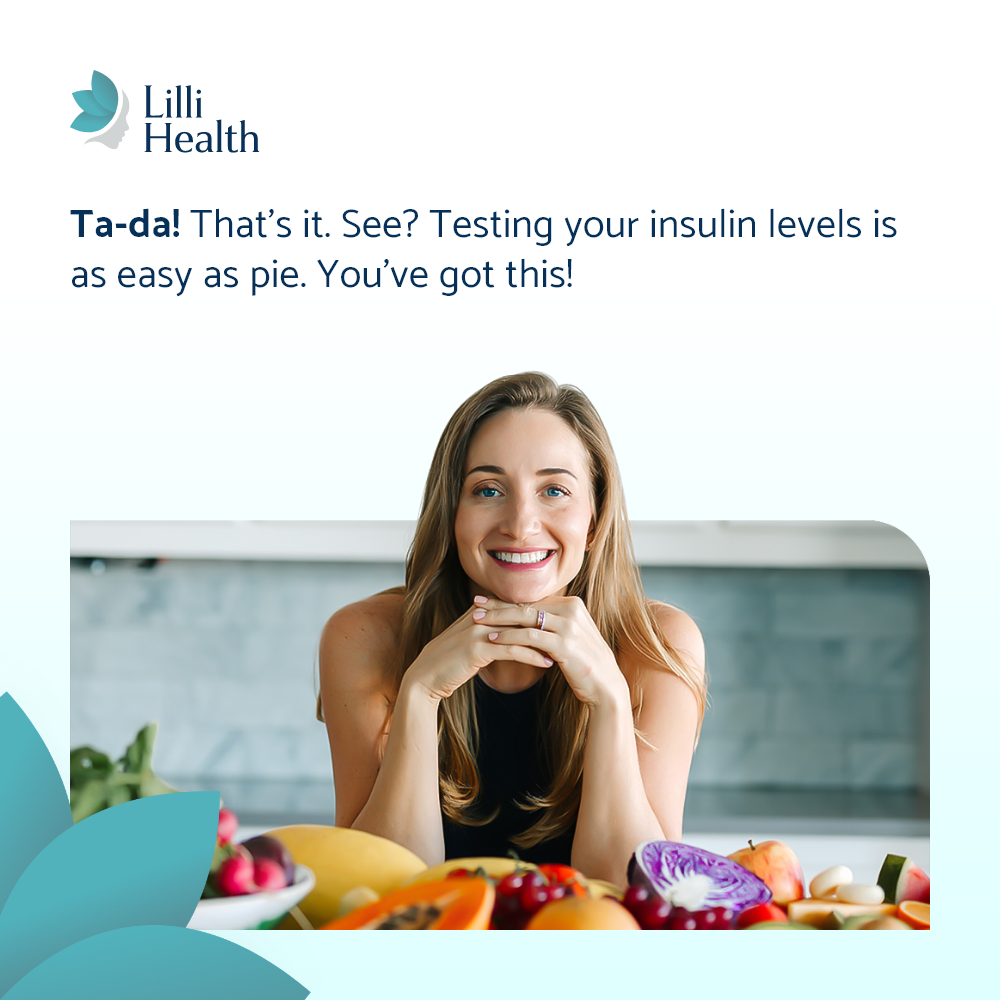

Bounce Back Blueprint: Your Guide to Getting Back on Track
How You Recover Matters More Than the Slip-Up
Nobody is perfect, and this journey isn’t about perfection—it’s about progress. What truly matters isn’t the slip-up itself, but how you bounce back. One meal, one choice, one moment doesn’t define your success. The real transformation happens in the recovery. Instead of beating yourself up over what happened, focus on what you do next. That’s where real change happens.
When life happens (and it will), knowing how to reset quickly prevents one misstep from turning into days, weeks, or even months of setbacks. Your success isn’t about never slipping up. It’s about how fast you recover.
Step 1: Take a Deep Breath
A setback doesn’t mean you’ve failed. It’s just a moment. Pause. Breathe. Let go of guilt. You don’t need to punish yourself or “make up” for anything. Instead of focusing on the slip-up, shift your energy toward moving forward.
Step 2: Hydrate
High insulin levels affect aldosterone, a hormone that controls fluid balance, causing your kidneys to retain sodium and water, leading to bloating and puffiness. Drinking water helps flush out excess sodium, rebalance fluids, and get you back to feeling normal faster.
Step 3: Move Your Body
Feeling tired, bloated, or sluggish after a high-insulin meal? Go for a walk. Walking helps clear excess insulin and glucose from your bloodstream, making your recovery faster. You don’t need to overcompensate with an intense workout—just move. Even a short, brisk walk can make a big difference (but a long walk is even better).
Step 4: Make the Next Meal Count
The biggest mistake people make is waiting for a “perfect time” to start over. Don’t wait for tomorrow, Monday, or after the weekend—start with your very next meal. One insulin-friendly meal is all it takes to stop the cycle and reset your body. The sooner you get back on track, the better you’ll feel.
Step 5: Reframe the Experience
Instead of seeing a slip-up as a failure, see it as feedback. Think about how you could make better choices next time. Pay attention to how certain foods make you feel—mentally and physically. The more you recognize the difference in how your body responds, the easier it becomes to make choices that support your long-term success. This isn’t about restriction. It’s about learning what makes you feel your best.
